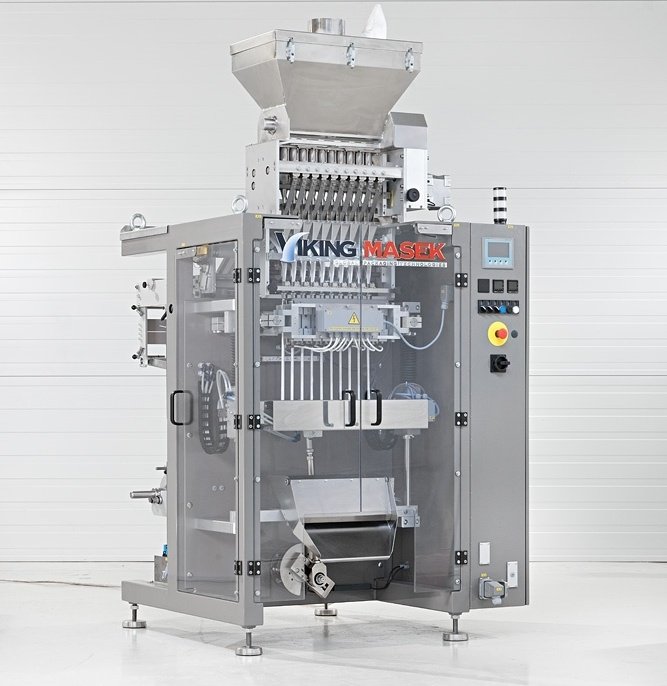- Functionality: Stick packaging machines are versatile tools used for applying labels or stickers onto various surfaces, including boxes, jars, cans, and bottles. They achieve this through adhesive application, ensuring labels adhere securely to the target object.
- Applications: These machines find widespread applications across industries, including food and beverage, pharmaceuticals, cosmetics, and household products. They are essential for branding, product identification, compliance labeling, and promotional purposes.
For an engaging revelation of this report – https://www.towardspackaging.com/personalized-scope/5095
Variety of Uses:
-
- Label Cutting and Application: Stick packaging machines can cut labels to size and apply them precisely onto products, ensuring uniformity and professional presentation.
- Printing: Some advanced models offer printing capabilities, allowing customization of labels with product information, barcodes, expiry dates, and branding.
- Slashing: Certain machines are equipped with slashing features, enabling easy removal of labels during product usage without damaging the packaging.
Types of Machines:
-
- Manual: Basic models require manual operation for label placement and adhesive application, suitable for small-scale operations with lower throughput.
- Semi-Automatic: These machines automate certain aspects of the labeling process, such as label feeding or cutting, while still requiring operator intervention for positioning and inspection.
- Fully Automatic: Ideal for high-volume production lines, these machines operate autonomously, performing label application, cutting, and printing with minimal human involvement.
Throughput and Efficiency:
-
- Speed: Larger stick packaging machines are capable of higher speeds, accommodating the needs of fast-paced production environments.
- Throughput: Increased throughput translates to higher efficiency, enabling rapid labeling of large quantities of items within a short timeframe, thus optimizing overall production efficiency.
Customization and Flexibility:
-
- Stick packaging machines are often customizable to meet specific labeling requirements, such as label size, shape, material, and positioning.
- Flexibility in machine design allows adaptation to various packaging formats, ensuring compatibility with diverse product types and sizes.
Integration with Production Lines:
-
- These machines can seamlessly integrate into existing production lines, synchronizing with other equipment such as fillers, cappers, and conveyors for streamlined packaging processes.
- Integration facilitates efficient labeling and packaging operations, minimizing downtime and maximizing productivity.
Quality Assurance and Compliance:
-
- Stick packaging machines contribute to quality assurance by ensuring accurate label placement, legibility, and adherence to regulatory labeling requirements.
- Compliance with industry standards and regulations is essential for product safety, consumer information, and brand integrity.
Make a smart decision – acquire our study for valuable information: https://www.towardspackaging.com/price/5095
Scrutinize More:




Leave a Reply